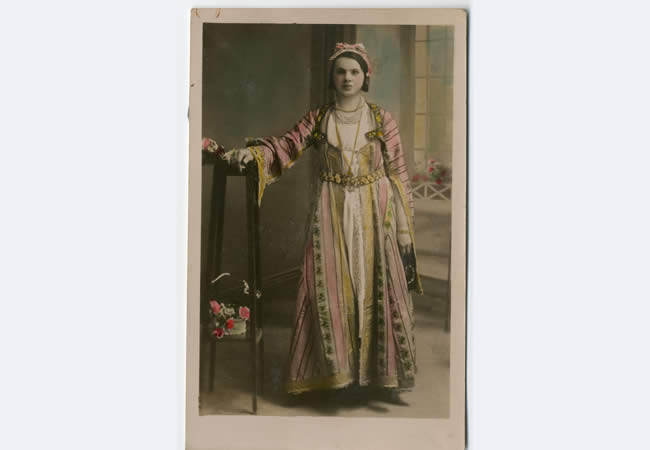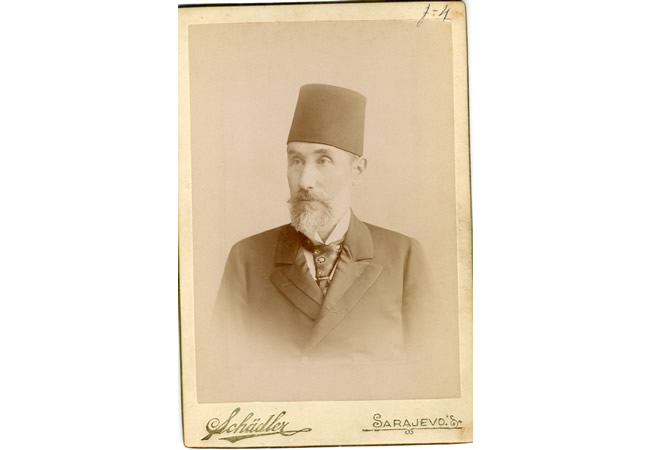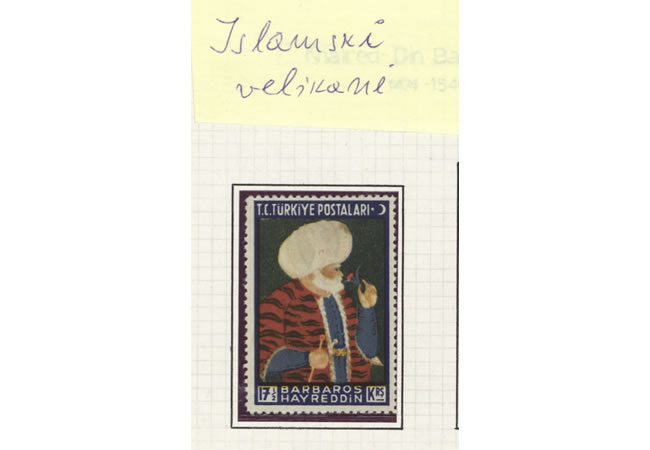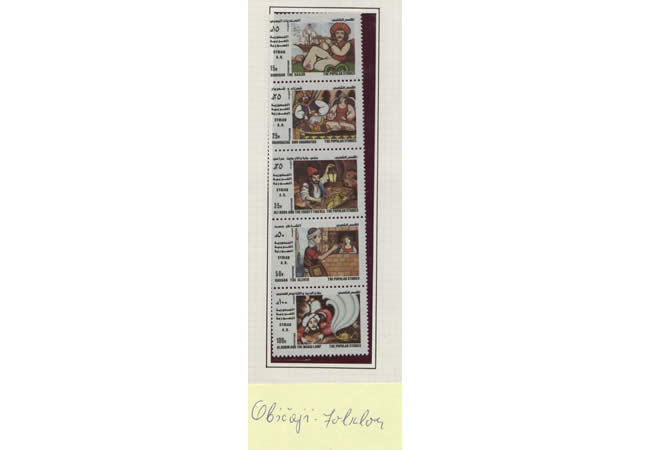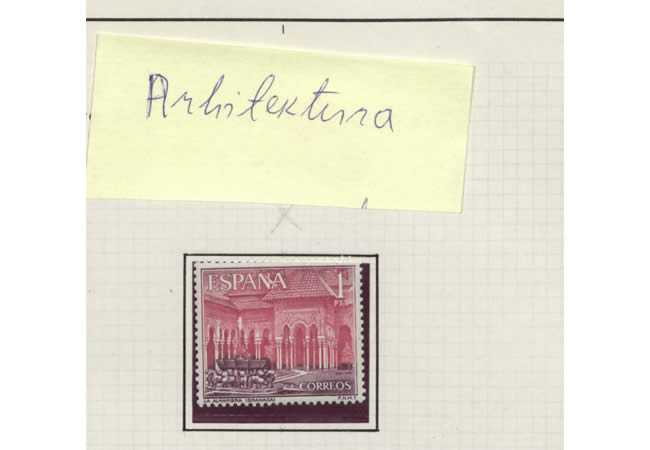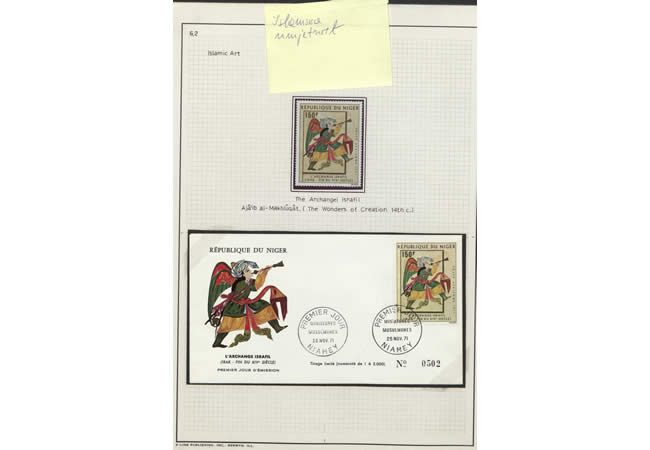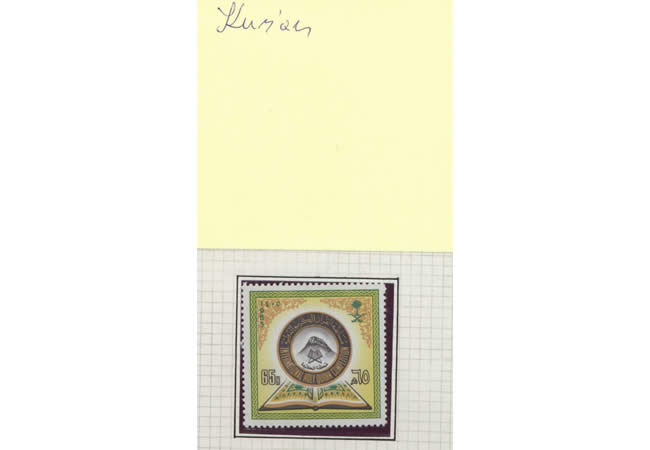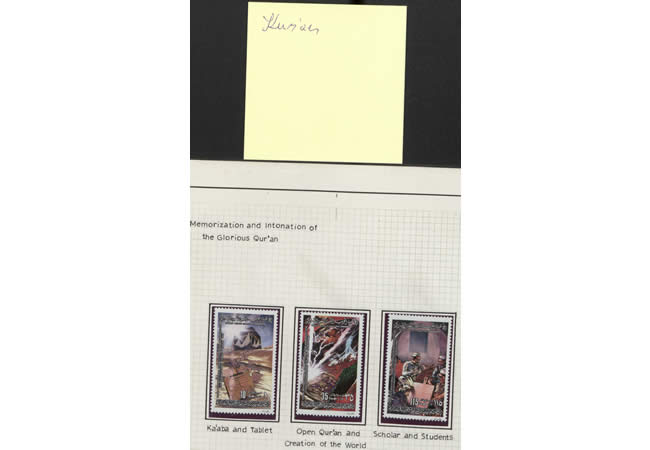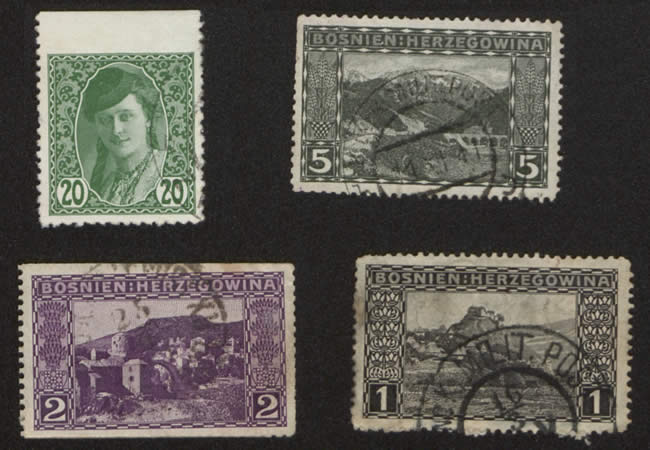Photographic collection
The Photo Library of Gazi Husrev-Beg’s Library was gradually formed by collecting photographs, picture postcards, postcards, films, slides and other similar materials. The first official list of photographs in Gazi Husrev-Beg’s library was compiled and equipped with the necessary signatures at the beginning of 1957 by Muhamed Pašić and Muhamed Mujagić. At that time, 1,216 photos were recorded, with 12 smaller albums with 384 photos. Nowadays, the Photo Library, that includes about 20,000 photographs, is divided into the Old Fund- comprising the photographs mostly taken until the Second World War, and the New Fund- comprising the photographs from the later period.
Old Fund
The Old Fund consists of original photographs and old postcards. It contains 3,850 copies, inventoried and analytically processed in the appropriate software. This fund includes photographs and old postcards of our cities (the majority is understandably from Sarajevo), old mahalas (old suburbs), residential buildings, mosques, mektebs (schools), old bridges, tekkes, turbets, graveyards, nišan (tombstones), fountains, shadirvans and sebils (fountains), hammams (public bathrooms), inns and caravanserai (motels). The collection contains photographs of ulema (muslim scholars), prominent individuals and groups (generations of students of madrasas and other religious schools, societies and associations), people and women in traditional costumes, villages and settlements, various ceremonies and folk gatherings, natural beauties and rarities. It was the old photographs and postcards that have recorded the physical features of many mosques, other religious and public buildings which were destroyed during the turbulent history.
New Fund
The New Fund, which consists of photos taken in recent times, is expanding by field recording, occasional donations and gifts. All photos of the New Fund are classified into several groups according to different criteria. This part of the Photo Library contains photographs of Bosnian towns, bazaars, characteristic streets and alleys, photographs of costumes and traditions of Bosniaks and other cultures in Bosnia and Herzegovina, photographs of the natural beauties of Bosnia and Herzegovina, stećak (tombstones) and Bogumil necropolises. To sum up, almost every segment of life in Bosnia and Herzegovina, its culture and natural heritage is represented in the photographs in this fund in the Photo Library. The entire fund has been digitised, annotated by appropriate legends and signatures, and analytically processed to be ready for use.
COLLECTION OF POSTAGE STAMPS
In addition to manuscripts, documents, monographs and periodicals, for which the Gazi Husrev-beg Library is famous in the world, the Library has other significant collections that have not been the subject of public presentation so far. Among them is the collection of postage stamps known as “Islam on Postage Stamps”, which has been in the Library since 1990. The owner of this collection was Ihsan Zulfikarpašić (1922–1990), who requested in his will that the collection be donated to the Library after his death. Zulfikarpasic was born in Foca, but lived in the United States for about 30 years. In the 1970s, he decided to dedicate his efforts to collecting postage stamps with Islamic motifs as he managed to collect a valuable collection during his life. As a member of philatelic societies, Ihsan Zulfikarpašić had plenty of opportunities to participate in numerous exhibitions in the United States receiving numerous recognitions and awards for his work.
The second valuable collection of postage stamps was donated to the Library in 2015 by the Bosnia and Herzegovina Post (JP BH POŠTA) branch in Sarajevo. Postage stamps from this collection are divided into the following groups: Cities, Islamic facilities, Significant buildings, Celebrities, Art, Customs, Holidays, Significant events and Jubilees. In addition to these two collections, the Library has previously had several albums of postage stamps from the Austro-Hungarian period, from the time of the Kingdom of Yugoslavia and SFR Yugoslavia. Thanks to the donation of Ihsan Zulfikarpasic’s wife, who donated three more albums from her husband’s collection in 2015,the Library possesses very valuable and respectable collection of postage stamps.




